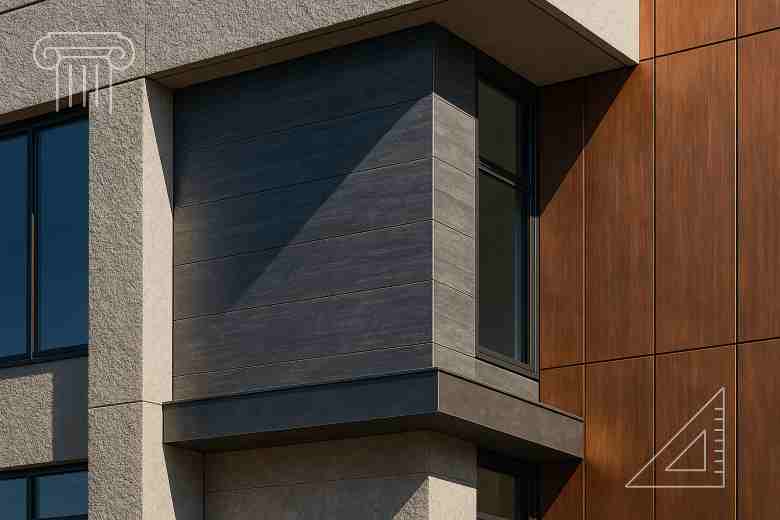Last Updated on May 23, 2025 by Admin
When it comes to architecture and interior design, the structure of a building is just one part of the story. What truly brings a space to life is the finish – those final layers and details that cover the raw bones of a building and transform it into a visually striking and functional environment.
Whether it’s a grand public building or a private home, finishes play a vital role in shaping how we experience a space.
Table of Contents
Understanding Finishes
In construction, the term “finishes” refers to the materials and techniques applied to surfaces such as walls, floors, ceilings and façades after structural work is complete. These can include paint, plaster, tiles, stone, wood, metal and more.
Finishes are not merely decorative; they protect surfaces, improve durability and contribute to the overall ambience and character of a space.
From polished concrete floors in modern commercial offices to warm oak panelling in heritage homes, the choices made in finishing a structure can communicate a clear aesthetic vision. These choices also affect the acoustics, light reflection and even thermal performance.
Marrying Function with Form
An effective finish combines both beauty and practicality. For instance, in high-traffic areas like hallways and entrances, durability is just as important as design.
Tiles, stone and other hard-wearing materials are commonly used not only for their resilience but also for their visual appeal. The right floor or wall finish can set the tone for the entire space.
This is where companies like Quorn Stone come in. Specialists in natural stone and porcelain tiles, they provide elegant and practical solutions that elevate the look and feel of interiors.
Their range demonstrates how finishes can be both timeless and functional, making them a go-to source for designers and homeowners seeking both style and substance.
Enhancing Architectural Features
Finishes can highlight or soften a structure’s features. A minimalist finish, such as smooth white render or concrete, might enhance the bold geometry of modern architecture.
In contrast, a textured or layered finish, like reclaimed timber or tumbled limestone, can add warmth and depth to older or more rustic settings.
Architects and interior designers often use finishes to draw attention to certain aspects of a building.
A feature wall clad in marble, for example, becomes a natural focal point. Similarly, a carefully chosen tile pattern can guide the eye through a space or define separate zones within an open-plan area.
Cultural and Historical Influence
Finishes also carry cultural and historical significance. In traditional British architecture, for instance, exposed brickwork, wooden beams, and flagstone floors are classic finishes that remain popular today.
These elements bring a sense of heritage and authenticity to a space, connecting it to the past while accommodating modern needs.
Designers often seek to blend old and new, using contemporary finishes in a way that complements original features. This creates a layered aesthetic that adds depth and tells a story through design.
The Importance of Quality
Ultimately, the quality of finishes can make or break a project. Inferior materials or poor workmanship can quickly undermine the appearance and longevity of a space. High-quality finishes, on the other hand, age gracefully, require less maintenance, and contribute to long-term value.
Investing in premium materials and skilled application pays off both visually and functionally. Whether it’s stone flooring, decorative plasterwork, or specialist paint finishes, the craftsmanship behind the surface is crucial.
Tying It All Together
Finishes are far more than just the final step in construction or renovation. They are an essential element of a building’s identity. They bridge the gap between structure and style, between form and function.
By choosing finishes that are not only beautiful but also suited to the purpose and context of a space, designers can create environments that are cohesive, inviting and enduring.
From subtle wall textures to bold flooring statements, the right finish can enhance architectural features, reflect cultural roots and elevate everyday experiences within a building.
Related Posts:
- The Importance of Building Restoration Services: A Comprehensive Guide
- The Cost of Finishing a Basement: A Comprehensive Guide
- Concrete Finishing Careers: Pathways and Opportunities
- Construction Snag List: Significant steps at the finishing stage of construction


